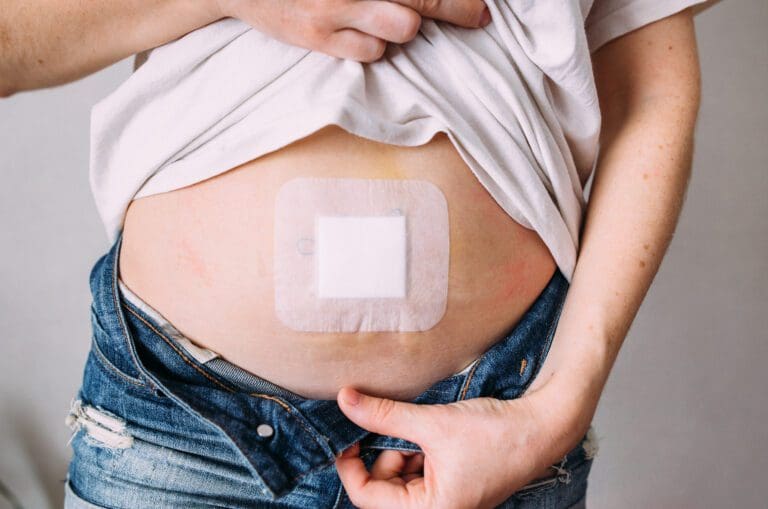Hernia Correction Surgery
This procedure involves repairing a hernia, which is a protrusion of an organ or tissue through a weakness in the muscle wall.

Am I a good candidate for this procedure?
If you have a hernia that is creating symptoms or has the potential to become more serious, you may be an appropriate candidate for Hernia Correction Surgery. To make sure this is the right procedure for your situation, it is best to talk with a general surgeon about your particular needs and medical history.
How is the procedure performed?
In most cases, hernia correction surgery is done while the patient is under general anesthesia. An incision is made around the hernia, and then the weak area of the abdominal wall is fixed by sewing or with a combination of sutures and mesh.
How long does the procedure usually last?
The procedure can take anywhere from 30 minutes to several hours, depending on the type and location of the hernia.
How long will I need to remain in the hospital after the procedure?
In general, hernia correction surgery is done as an outpatient procedure, so you won’t need to stay in the hospital. However, due to the effects of anesthesia lingering for several hours, it is recommended that you have someone drive you home after the procedure is completed.
What is the healing process after surgery?
After undergoing hernia correction surgery, some swelling and bruising can be expected. While this should go away within a few days, you may still experience discomfort, which can be controlled with pain medication. To ensure proper healing, it is important to follow the doctor’s instructions for taking care of the affected area and avoiding strenuous activity during recovery.
Will the procedure leave scars?
After a hernia correction surgery, a scar can be expected to form at the incision site. Over time, this scar will become less visible and should not be noticeable when worn under clothing.
How long before I can return to my normal daily activities?
After a hernia correction surgery, most people can return to their usual activities within two weeks. To ensure proper healing, strenuous activities should be avoided and the doctor’s instructions for caring for the treated area should be followed. The swelling may take several weeks or months to completely go down and full results can be expected at that time.
